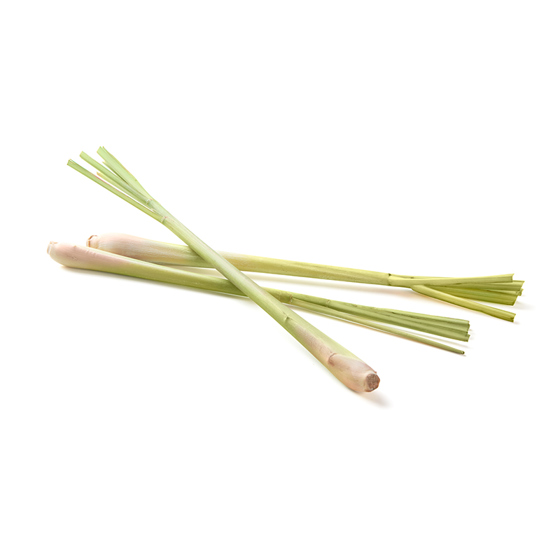Storage advice
Lemongrass retains its freshness best kept in a sealed plastic bag in the fridge.
A staple in Indonesian cuisine

Are you a fan of Indonesian cuisine? Then you are undoubtedly already familiar with lemongrass. In Indonesian, this member of the grass family is better known under the name sereh. The flavour balances between lemon and ginger.
Lemongrass is a member of the grass family. The stems are approximately 20 cm long. They look like large blades of grass and vary in colour from creamy white blending through pink to green at the top. The aromatic properties of EAT ME lemongrass only come into their own after cooking.
Many Asian dishes benefit from the zesty boost of lemongrass. Try it in a spicy coconut soup. And you can also use lemongrass as a skewer. Lemongrass makes a very tasty infusion for a herbal tea, just like ginger.
Simply rinse and peel off any dried-out layers. Then slice EAT ME lemongrass into large pieces, crush it or use it whole. Cooking and stir-frying are great options.


Lemongrass retains its freshness best kept in a sealed plastic bag in the fridge.
EAT ME lemongrass is produced by our regular growers in Thailand, Morocco and Kenya. In the field, lemongrass can easily grow into plants of half a metre tall. The varieties you buy in the shop are cut to size, usually 20 centimetres. The crop is harvested after about 5-6 months.
